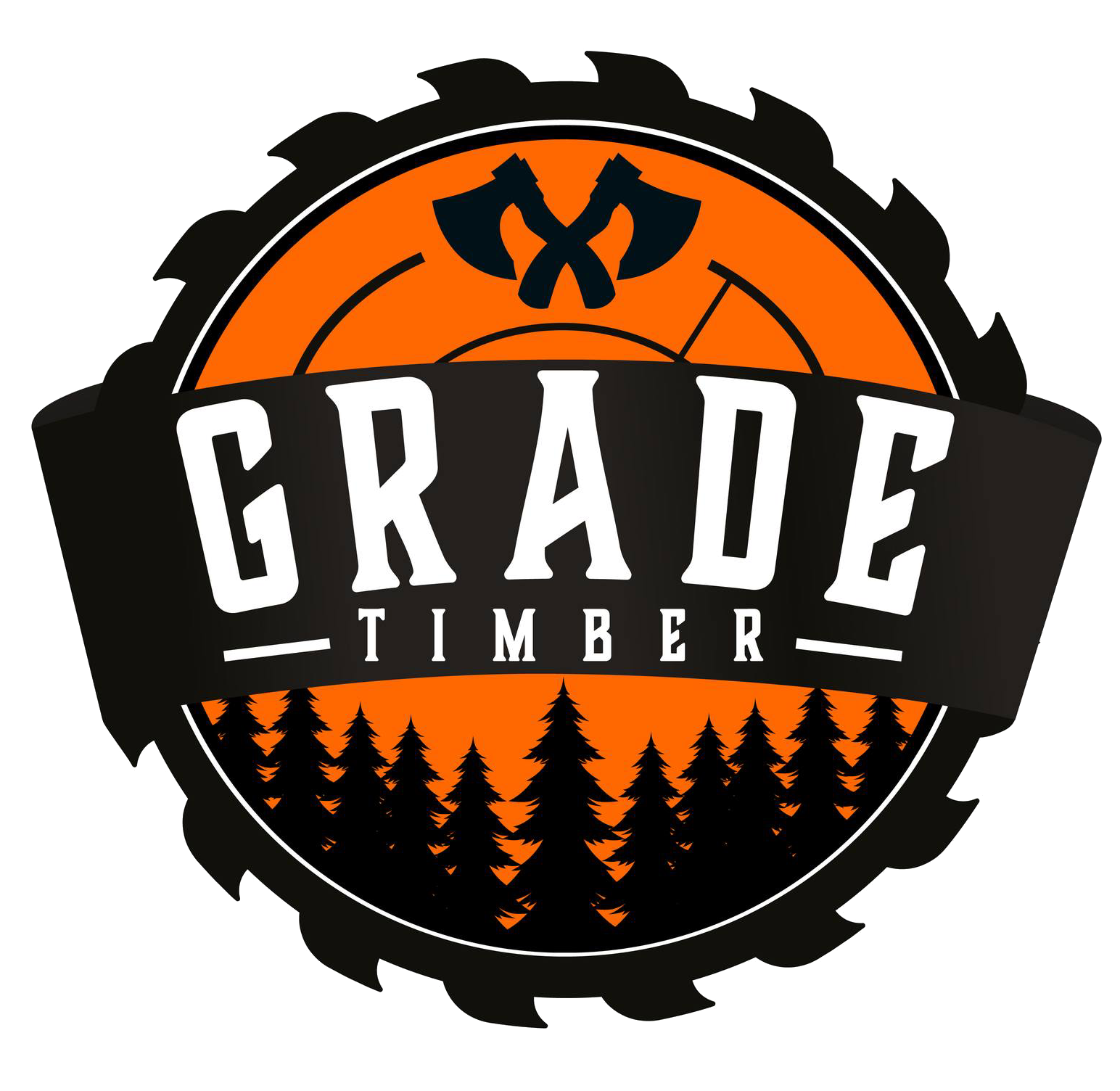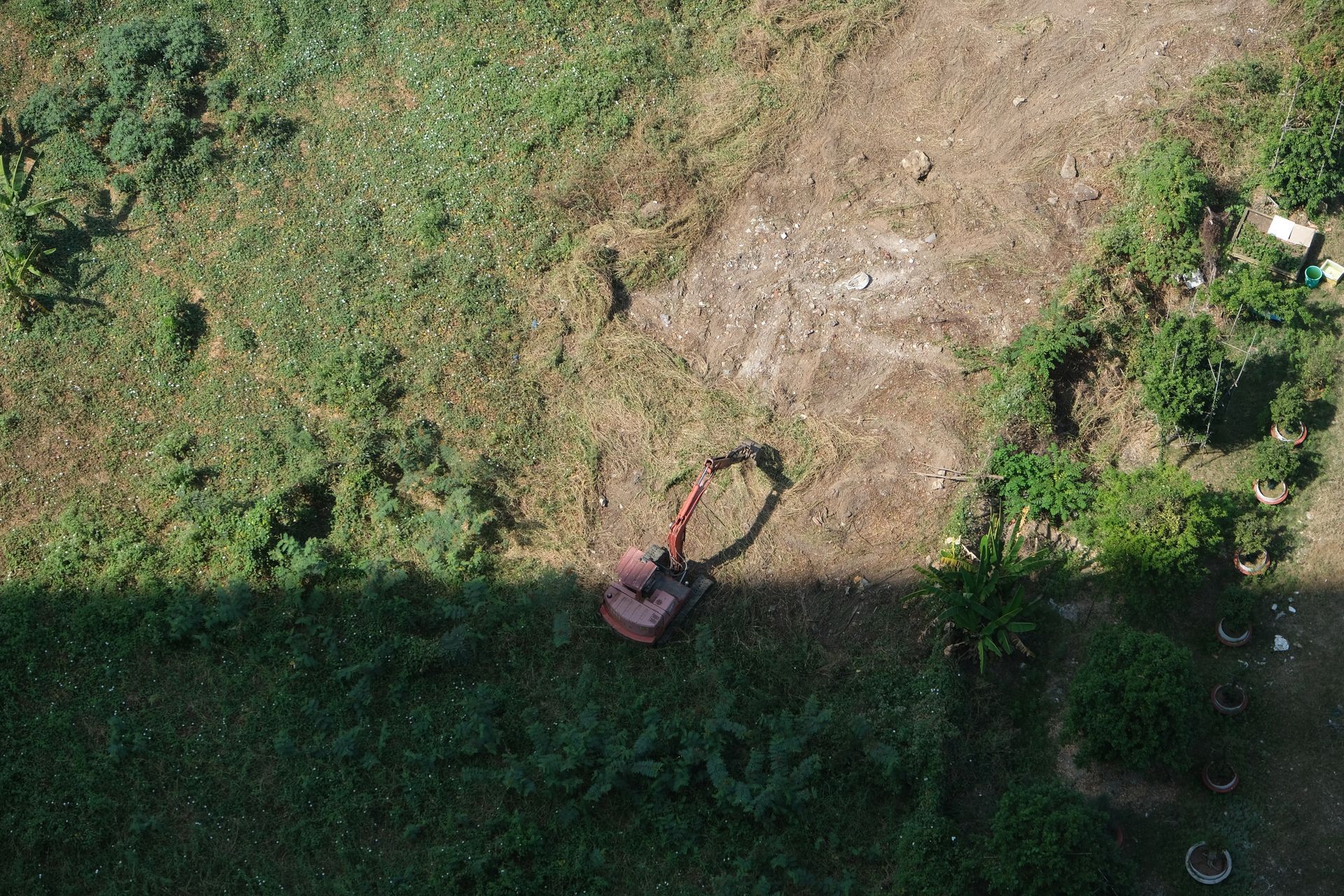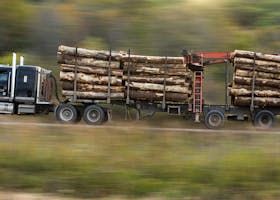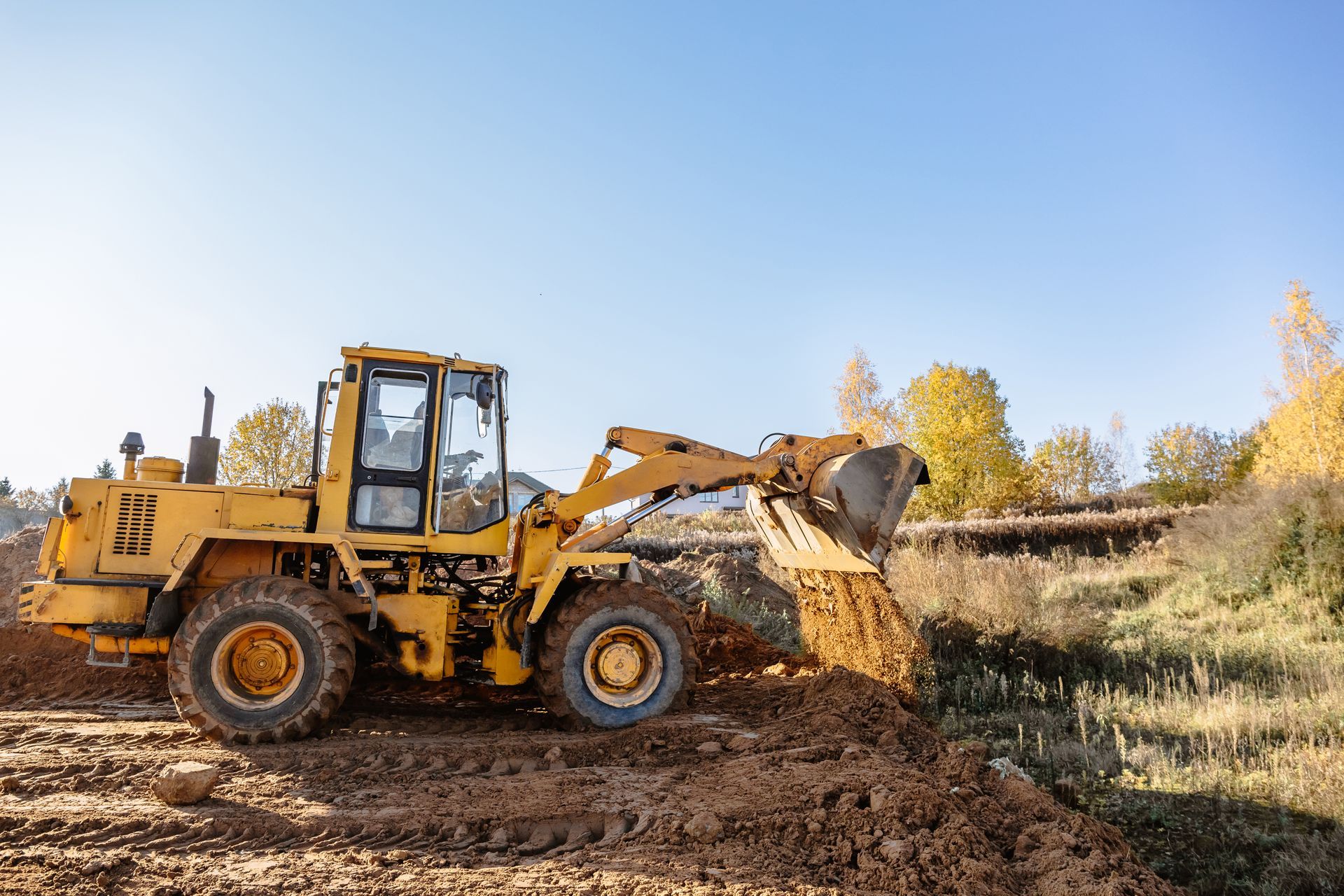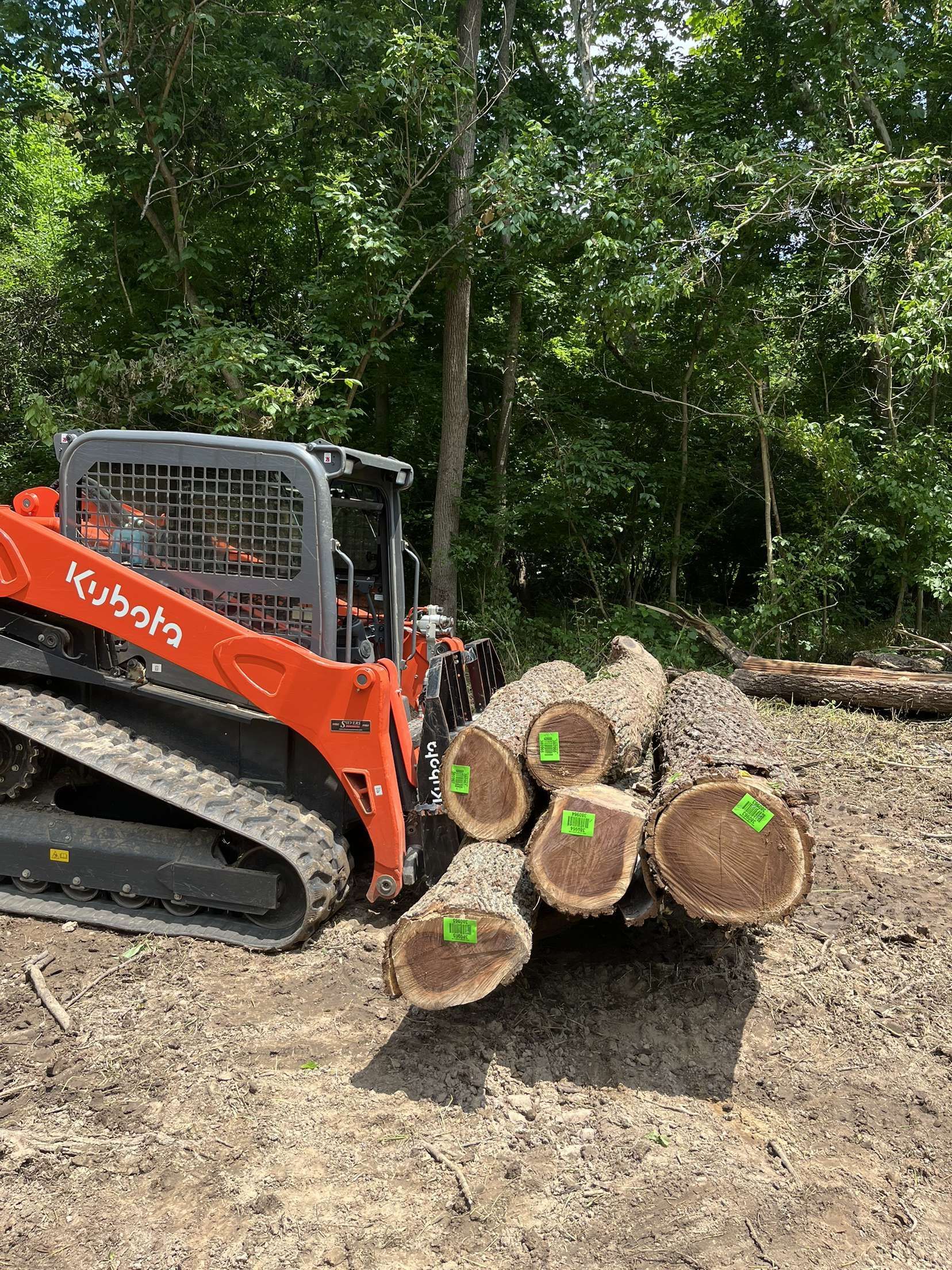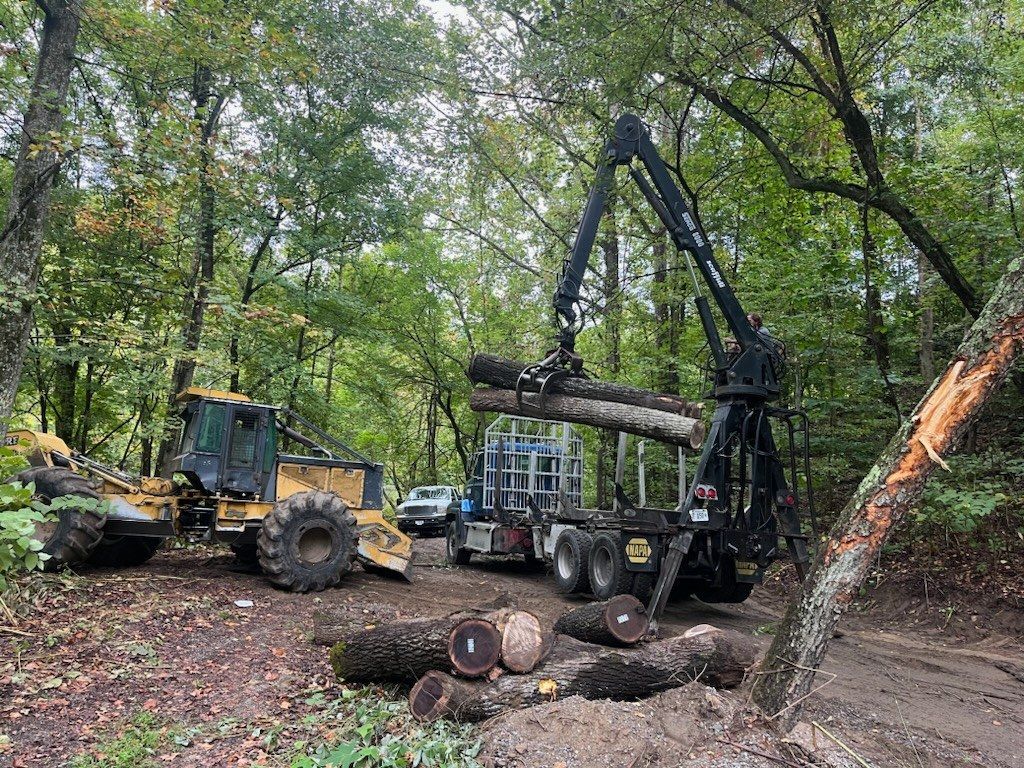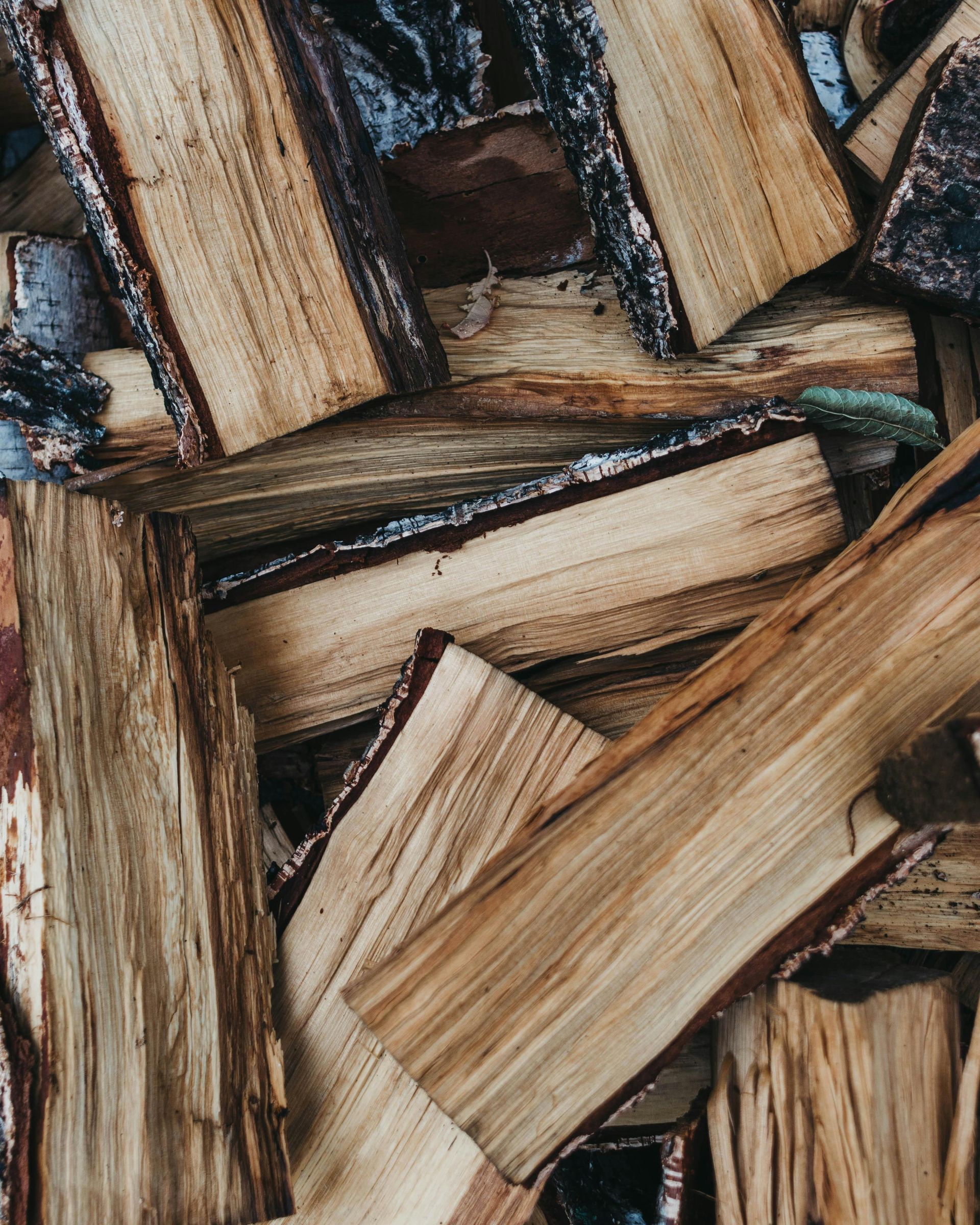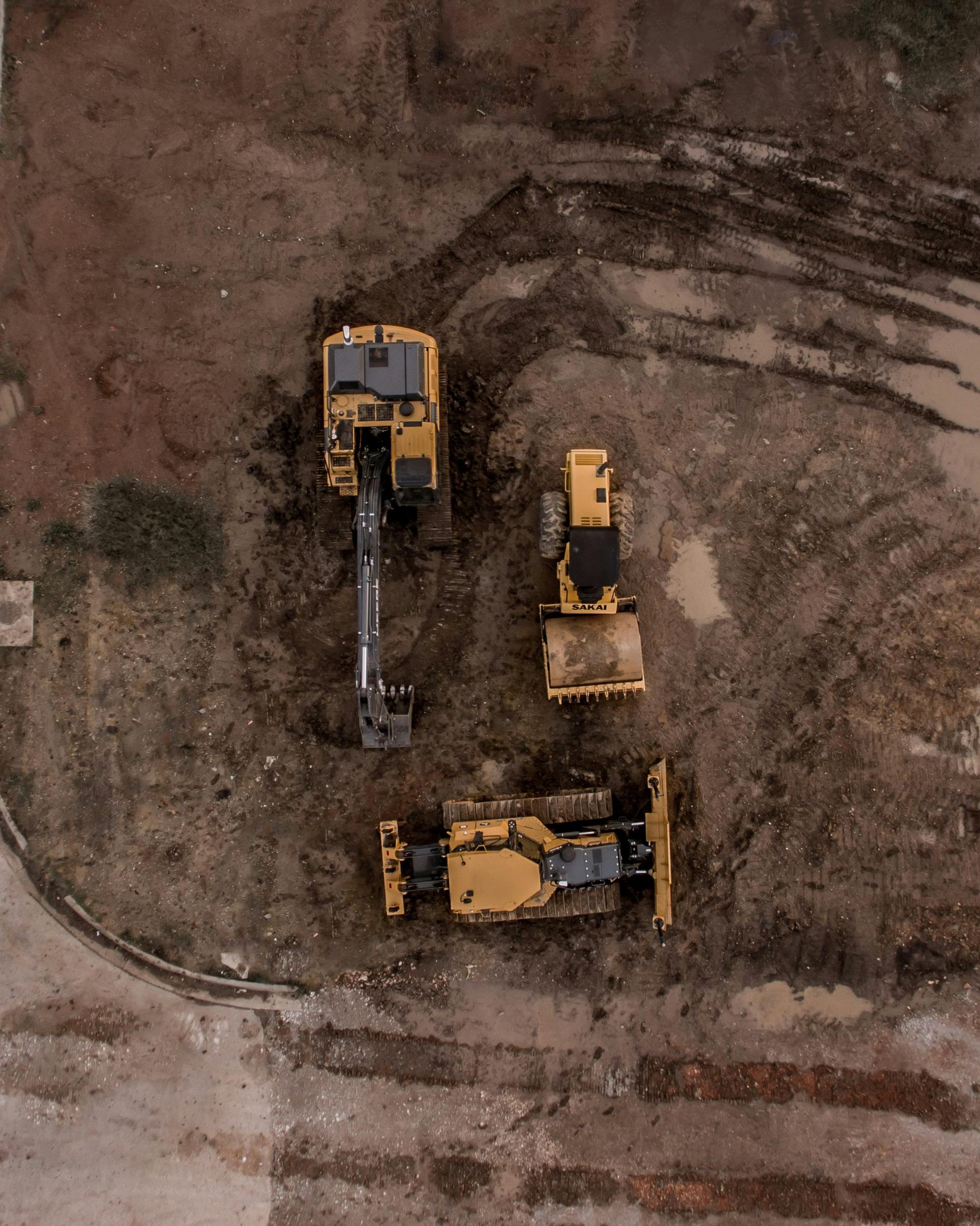Unlocking the Treasures of the Timberlands: Sustainable Hardwood Logging in Henderson County, Illinois
Unlocking the Treasures of the Timberlands: Sustainable Hardwood Logging in Henderson County, Illinois
Nestled in the rolling hills of western Illinois along the majestic Mississippi River, Henderson County stands as a quiet testament to the Prairie State's natural heritage. With a population hovering around 6,000 residents as of recent estimates, this rural gem spans just over 375 square miles of fertile farmland interspersed with lush woodlands. It's a place where the whispers of wind through ancient oaks mingle with the hum of small-town life, and where communities like Oquawka—the county seat and a historic river town with nearly 1,000 souls—thrive alongside bustling hubs such as Stronghurst, home to over 1,100 friendly faces. Further afield, towns like Biggsville, Gladstone, and Lomax dot the landscape, each with populations exceeding 200 and serving as vital anchors for local agriculture, recreation, and forestry. These communities, with their annual fairs, riverside parks, and tight-knit neighborhoods, embody the resilient spirit of Midwestern heartland living.
But beneath the surface of everyday life in Henderson County lies a hidden economic and ecological powerhouse: its hardwood forests. Covering roughly 25% of the county's land—about 90,000 acres—these woodlands are dominated by premium species like black walnut, white oak, red oak, hickory, and sugar maple. These trees, some towering over 100 feet and dating back centuries, represent not just scenic beauty but a renewable resource ripe for sustainable management. In an era of climate uncertainty and economic flux, logging these hardwoods offers landowners a pathway to prosperity while preserving the land for generations. This in-depth exploration dives into the world of hardwood logging in Henderson County, spotlighting its benefits for property owners and shining a light on forward-thinking operators like Grade Timber, a leader in low-impact practices right in the heart of the region.
The Rich Tapestry of Hardwoods in Henderson County
Henderson County's forests are a microcosm of Illinois' Central Hardwood Forest region, a vast ecoregion stretching from the river bluffs to the loess-covered prairies. The area's geology—shaped by glacial till and Mississippi floodplains—creates ideal conditions for hardwoods, with deep, well-drained soils that support straight-boled trees perfect for high-value lumber. Black walnut, prized for its rich chocolate-brown grain and durability, fetches premium prices in furniture and gunstock markets, often exceeding $2,000 per thousand board feet (MBF) at the stump. White oak, the backbone of barrel-making for bourbon and wine, commands similar respect, while red oaks and hickories fill niches in flooring and cabinetry.
Logging in this county isn't a new pursuit. European settlers in the 19th century clear-cut vast swaths for farmland and steamboat fuel, but modern practices have evolved dramatically. Today, selective harvesting dominates, where only mature or defective trees are removed, allowing the forest to regenerate naturally. In towns like Oquawka, where the county courthouse overlooks wooded river bottoms, landowners often balance timber sales with recreational uses—think deer hunting leases or turkey blinds amid the oaks. Stronghurst's surrounding woodlots, interspersed with cornfields, provide similar opportunities, while Biggsville's upland forests yield walnuts that locals have harvested for generations.
The scale here is intimate compared to industrial timber belts. A typical harvest might involve 10-50 acres, yielding 200-500 MBF of logs and generating $50,000-$250,000 in revenue. But it's the sustainability that sets Henderson County apart. The Illinois Department of Natural Resources (IDNR) oversees much of this through the Forestry Development Act (FDA), which incentivizes good stewardship with property tax reductions—assessing enrolled forestland at just one-sixth of its agricultural value. This framework ensures that logging isn't plunder but a cycle of renewal, with young hardwoods sprouting from acorns left in the duff.
Empowering Landowners: The Multifaceted Benefits of Hardwood Logging
For the 70% of Henderson County landowners who hold forested parcels—often family farms passed down through decades—timber harvesting isn't just an option; it's a strategic asset. The financial upside is immediate and compelling. In a county where average farm income hovers around $50,000 annually, a single walnut-heavy harvest can inject six figures into a household budget. Consider a 20-acre stand near Gladstone: Removing 30 mature black walnuts (each 24 inches in diameter) could net $60,000 after costs, funding everything from college tuition to barn repairs. And unlike row crops vulnerable to weather whims, timber is a long-term investment—trees appreciate over 50-100 years, outpacing inflation.
But the perks extend far beyond the checkbook. Ecologically, selective logging rejuvenates forests. Overmature stands, clogged with suppressed saplings and diseased veterans, become fire-prone tinderboxes. Harvesting thins the canopy, flooding the understory with sunlight and spurring biodiversity. In Lomax's riverine woods, for instance, post-harvest clearings burst with wildflowers, berries, and young oaks that attract pollinators, songbirds, and game species like whitetails. Studies from the University of Illinois Extension show that well-managed harvests can boost wildlife habitat by 20-30%, turning woodlots into thriving ecosystems rather than stagnant relics.
Tax advantages sweeten the deal. Through the FDA program, eligible landowners slash their property taxes by up to 80% on enrolled acres, provided they follow a forester-approved management plan. This isn't a handout; it's earned through practices like leaving mast trees for wildlife and buffering streams from skid trails. In Biggsville, where steep bluffs meet the La Moine River, such plans prevent erosion while qualifying owners for cost-share grants from the USDA's Environmental Quality Incentives Program (EQIP)—up to $20,000 for fencing or water structures.
Healthier forests also enhance resilience against pests and climate shifts. Emerald ash borer and oak wilt have ravaged Illinois woods, but proactive logging removes infested trees early, curbing spread. Post-harvest, landowners can plant resilient hybrids or invasives like garlic mustard, fostering carbon-sequestering stands that offset emissions. A 2023 IDNR report pegged Illinois forests at storing 1.2 billion tons of carbon; Henderson County's slice contributes meaningfully, with harvests certified under the American Tree Farm System earning carbon credits worth $5-10 per acre annually.
Socially, logging knits communities. In Stronghurst's annual harvest festivals, tales of "the big cut" echo around potlucks, while sales fund local schools and volunteer fire departments. For absentee owners—say, a Chicago executive with a Gladstone cabin—professional loggers handle the heavy lifting, delivering hassle-free income via direct deposit. Yet, pitfalls lurk: Without due diligence, hasty sales undervalue timber or scar the land. Enter the need for low-impact methods, which safeguard these gains.
The Imperative of Low-Impact Logging: Preserving Tomorrow's Legacy
Traditional logging—bulldozing swaths with feller-bunchers—leaves scars: rutted soils, fragmented habitats, and eroded streams. In Henderson County's fragile loess soils, such practices can wash nutrients into the Mississippi, harming fisheries downstream. Low-impact logging (LIL), also known as reduced-impact logging (RIL), flips the script. This technique, endorsed by the Forest Stewardship Council (FSC), minimizes disturbance through precision and planning.
At its core, LIL starts with mapping—often via drones or GIS—to chart skid trails (narrow paths for log extraction) that avoid sensitive areas like wetlands or heritage trees. Felling is directional: Chainsaws or harvesters drop trees toward pre-planned landings, reducing collateral damage to retained stems by up to 50%. Stumps are cut low (6-12 inches) to minimize waste and rot, while bucking (on-site log cutting) optimizes lengths for transport, slashing fuel use.
Yarding—moving logs—employs low-ground-pressure equipment like forwarders with balloon tires or winch cables, compressing soil 70% less than tractors. In riparian zones near Oquawka's riverfront, helicopter or skyline yarding floats logs overhead, sparing banks entirely. Post-harvest, sites are stabilized with seed mixes of native grasses, restoring infiltration rates within a season. Research from the U.S. Forest Service shows LIL cuts erosion by 40% and preserves 80% more seed trees for regeneration, accelerating forest recovery by 10-15 years.
Economically, LIL isn't cheaper upfront but pays dividends. Landowners avoid costly site rehab, and premium markets reward certified timber—FSC logs command 10-20% markups. In Illinois, where 90% of forests are privately held, LIL aligns with state goals under the Illinois Sustainable Forestry Initiative, unlocking grants and insurance discounts. For Henderson County families, it's a hedge against volatility: Healthier woods mean steadier future harvests, perhaps every 15-20 years instead of one-and-done clear-cuts.
Spotlight on Grade Timber: Pioneering Low-Impact Excellence in Henderson County
In the constellation of regional loggers, Grade Timber emerges as a beacon of responsible stewardship, tailoring LIL to Henderson County's unique contours. Founded in 2015 and headquartered in Springfield, this family-run outfit extends its reach to western Illinois, including dedicated operations around Oquawka, Stronghurst, and beyond. Led by certified master logger Jake Harlan, Grade Timber holds IDNR licensure and FSC accreditation, blending cutting-edge tech with old-school ethos.
What sets them apart? Their "precision harvest" protocol, honed on walnut-rich stands near Biggsville. Drones scout parcels pre-job, generating 3D maps that pinpoint high-value trees while flagging no-go zones—like eagle nests or archaeological sites. On-site, Tajfun grapple saws (Grade is an authorized dealer) enable treetop felling, minimizing ground traffic. A recent Gladstone project exemplifies this: Harvesting 150 walnut and oak logs from 25 acres, they used winch-assisted skidders to extract without a single rut over two inches deep, leaving 90% of the canopy intact.
Landowners rave about the transparency. Grade provides free consultations with University of Illinois Extension foresters, crafting bespoke plans that maximize value—$1,800/MBF for veneer walnuts—while integrating wildlife enhancements like mast corridors. In Lomax, a multi-generational farm saw $120,000 from a 30-acre cut, plus EQIP funding for a pollinator meadow. "They treat your land like their own," says local owner Martha Reynolds. Environmentally, their metrics shine: A 2024 audit revealed 35% lower carbon emissions per MBF than conventional ops, thanks to biodiesel fuels and route-optimized hauling.
Grade's walnut and white oak buying arm further empowers owners. They pay top dollar—often cash on delivery—for standing timber, with no middlemen. Services extend to land management: Post-log prescriptions, invasive control, and even excavating for food plots. In an industry rife with fly-by-nights, their A+ BBB rating and five-year warranties build trust. As Harlan notes, "Logging isn't extraction; it's cultivation." For Henderson County denizens, partnering with Grade means harvesting wealth without wounding the woods.
A Call to the Canopy: Your Forest's Next Chapter
Henderson County's hardwoods aren't just trees—they're legacies, livelihoods, and lifelines. From the bluffs of Oquawka to the fields of Stronghurst, logging offers landowners a trifecta: fiscal fortitude, ecological harmony, and communal strength. By embracing low-impact pioneers like Grade Timber, we ensure these forests endure, shading picnics in Biggsville parks and fueling dreams in Gladstone homes.
If your woodlot whispers of untapped potential, don't wait. Consult a certified forester, explore FDA enrollment, and reach out to Grade Timber at (309) 472-7867 for a no-obligation appraisal. In the timeless dance of seasons, today's harvest plants tomorrow's abundance. Let's log wisely, live richly, and leave the land better than we found it.
